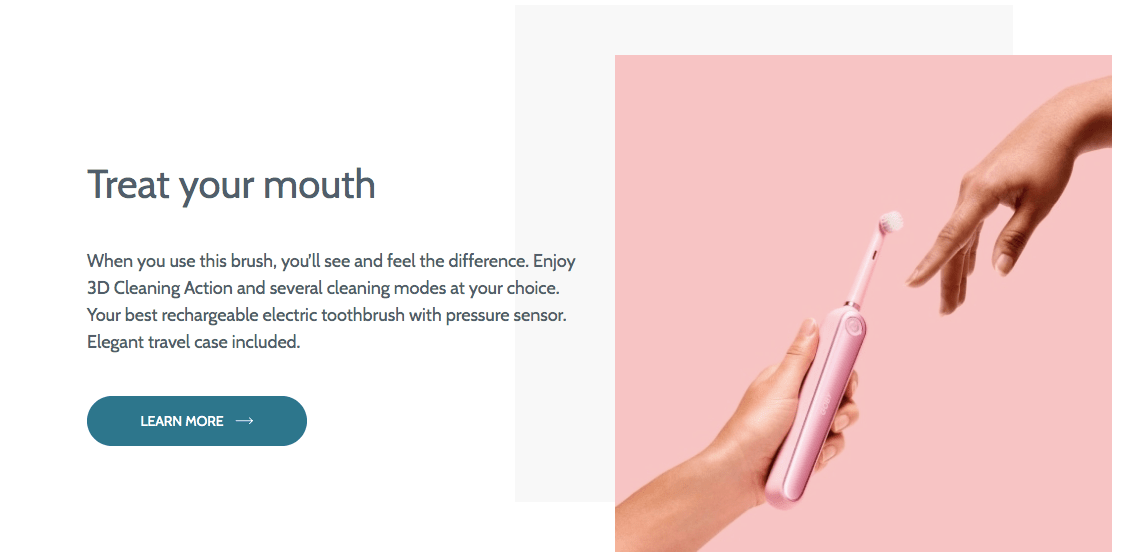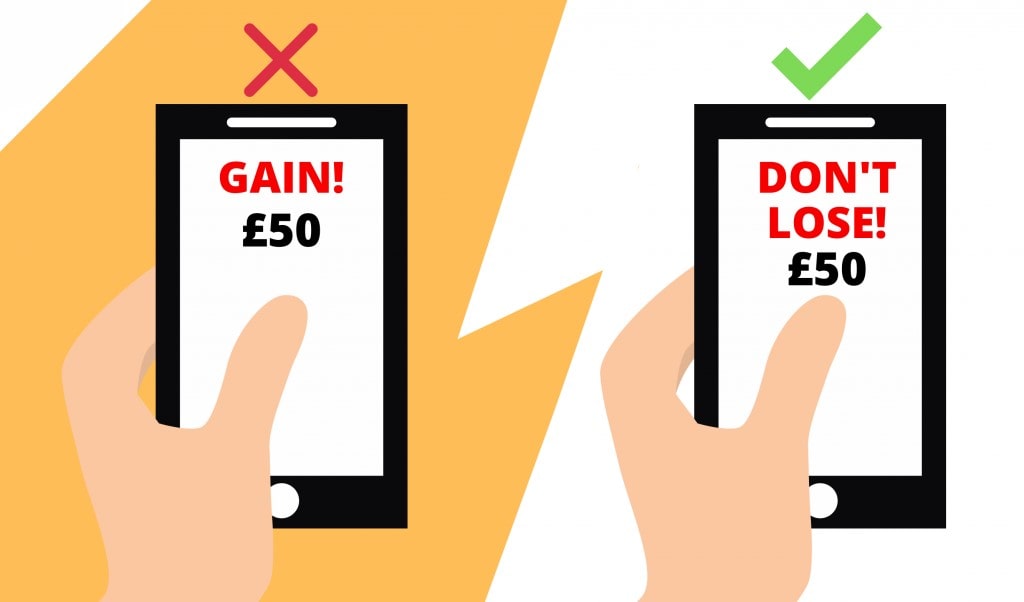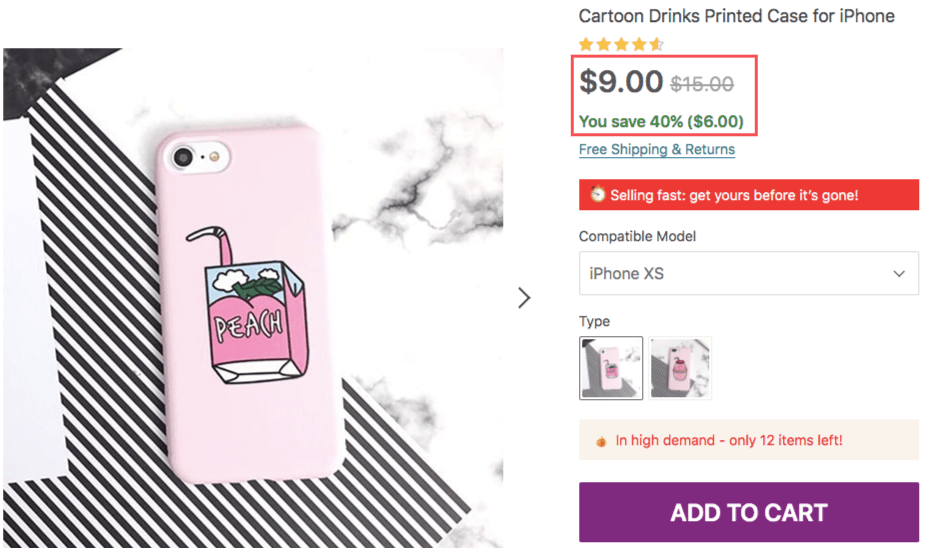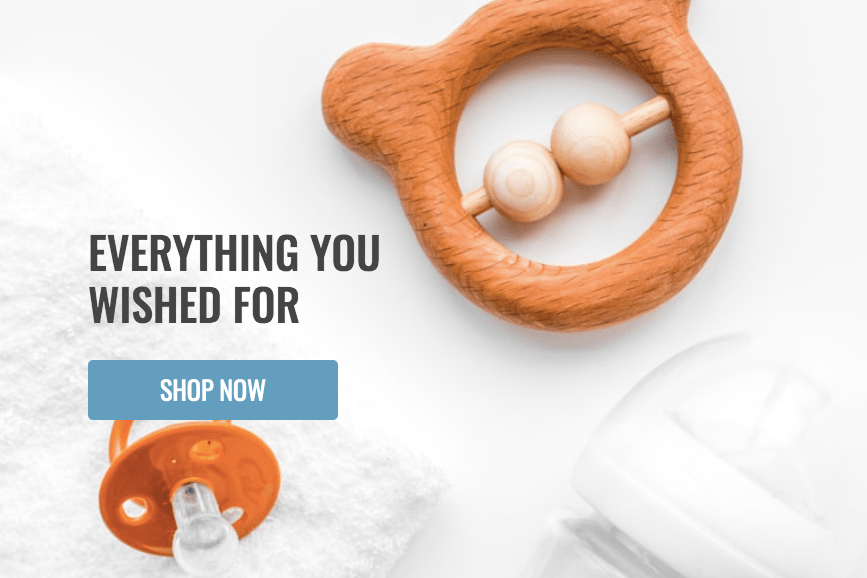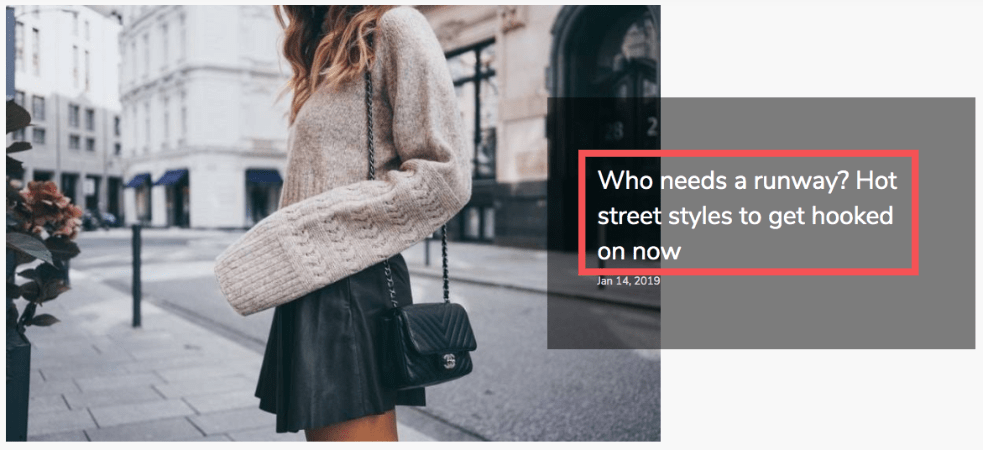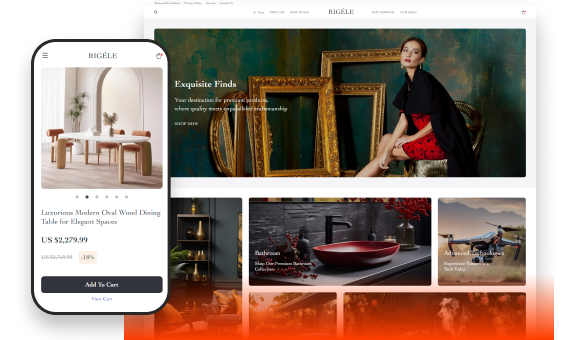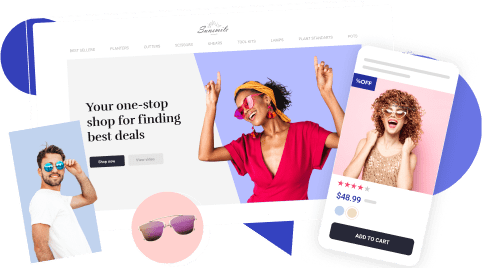Consumer Psychology: 10 Principles That Influence Your Customers’ Behavior
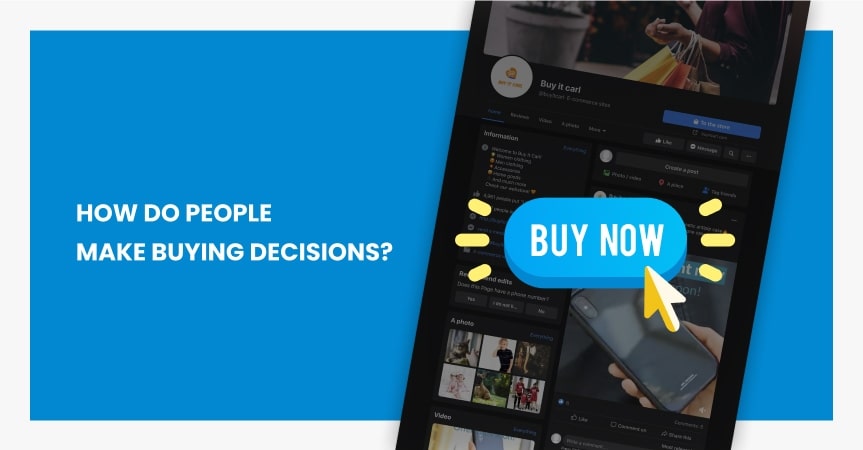
Do you want to know what makes your customers act? Why do they choose some products over others? How can you get them to purchase from you instead of another company? The answers lie in consumer psychology.
One key part of being a great marketer is understanding how (and why) people think and act the way they do. By learning why people make purchases, you are better prepared to drive sales.
So, how do you attract, convince, and convert more people with your promotional efforts? Consider the following 10 principles of appealing to consumer psychology in marketing!
What is Consumer Psychology?

Let’s start off with what is consumer psychology. It is a field of study drawing on many disciplines, including social psychology, marketing, behavioural economics, and other areas to assist with understanding consumers. It aims to evaluate and understand consumers and their decision-making process. Various psychological factors influencing consumer behaviour (such as demographics, personality, lifestyles, and behavioural variables like usage rates, usage occasion, loyalty, brand advocacy, and willingness to provide referrals) are all studied in market research.
Why is consumer psychology important
Research on consumer behaviour is concerned with understanding how purchase decisions are made, who buys certain products, and how products or services are consumed or experienced. In previous times, studies have shown that psychology’s role in consumer culture is challenging to predict, even for professionals in this field of work.

Nevertheless, new studies are revealing new details about how consumers make decisions, especially in the difference between what consumers say and what actions they actually take.
#1 Action paralysis principle
People commonly second guess their own behavior. It is especially common in the situations when they’re not sure how their decision will impact them or people close to them. That’s what the action paralysis principle is all about.
If you’re trying to trigger someone into action, clearly emphasize that their action will make a difference. For example, instead of just saying ‘buy now’, you can say ‘buy now and improve your craft skills today.’
The idea here is that whenever your current clients or prospective customers have a reason to question their decisions, provide a valid argument for them to convert or make a purchase.
#2 Reciprocity
If you’ve ever gotten a mint with your bill at a restaurant, you’ve been the victim of reciprocity. According to Robert Cialdini, when servers bring a check to their patrons without a mint, the diners will tip according to their perceptions of the service given. With one mint, the tip jumps up 3.3%. Two mints? The tip jumps “through the roof” to roughly 20%.
Use this principle by offering free content, such as ebooks or articles, to get contact information from potential customers.
The first ad the customer sees should emphasize what they’re receiving. Then, ask for their contact information after they click on the offer.
#3 Loss aversion
The loss aversion principle means that people would prefer avoiding a loss to gaining an equal amount. For example, we are more upset over losing $20 than we are happy about finding $20. Why do we act this way? Possibly because strong anxiety and fear are associated with loss. Negative emotions, in turn, tend to have a stronger, more lasting impact on people than positive ones.
To make use of this consumer psychology principle, try centering your current advertising message around losses. If you offer free trials, remind the consumer of what they will lose when the free trial is over. Or, say you offer free shipping after a customer’s order goes beyond a certain price. If they move to checkout without reaching the total, show them the amount they will lose to shipping costs compared with the amount they need to add to their cart for free shipping.
#4 The decoy effect
You’ll often see this effect in pricing models — one price point is intentionally included to entice you to choose the most expensive option. It is a cognitive bias in which introducing a third, less attractive option makes a more expensive product seem like a better deal than when there are only two products to choose from.
Say, a company offers a deal on a software bundle where you can buy word processing software for $100, a bundle where word processing and spreadsheet software together cost $200, or where spreadsheet software costs $175. The presence of the least attractive option — the “decoy” offer of the spreadsheet software by itself — makes it more likely a customer will choose the bundle.

Use the decoy effect in your advertising by grouping items into sets of three instead of two, with one option serving as the decoy. Display the pricing of the individual elements compared with the full bundle.
#5 Anchoring bias
When you’re researching something to make a decision on a complex issue, the first piece of information you receive is a sort of ‘anchor’. Once an anchor is set, all the new pieces of information are built around it. That being said, the first number (or price) you see changes your perception of any numbers that come after it.
You can use this principle whenever you are running a sale. State the initial price of the product (therefore, set the anchor), and then display the sale price right next to it. You might even show how much of a percentage off your customers will receive with the sale.
#6 Priming
Have you already heard about priming? Now is the right timing. Priming can help you catch customers’ attention fully by small steps. Priming is the process of presenting someone with a word, image, or sentence that prepares them to be more receptive to a particular idea. Or, in our case, it means prompting people to take some smaller actions before making the final purchasing decisions.
For example, you can ask customers to subscribe to your letters, follow you on social media, or download an ebook. These and other similar small requests can prime your audience to say ‘Yes’ later, when it comes to placing their orders.
#7 Color psychology
Color psychology is the study of hues that helps to understand, predict, and affect human behavior. In marketing and branding, specialists use color as a tool to persuade or influence us.
In fact, research shows that predicting your customers’ reaction to a particular color and its attitude to your brand is more essential than the actual color itself. Keep it in mind while you work on your design elements next time.
#8 Call to action
A ‘call to action’ (CTA) is a marketing term for any statement designed to reach conversions. The main goal of a CTA is to:
- Trigger an immediate response from your customers
- Encourage an immediate sale
- Prompt any other type of conversion that you choose
With a CTA, you’re requesting a potential client to act and providing the motivation to convert. We recommend you to try to implement this principle as soon as possible.
#9 Emotional marketing
Here, the strategy is to use emotional appeals to catch your customers attention, make an impression, and provide the opportunity to remember your product and buy it. The psychology of persuasion in emotional marketing is the key to success.
There are many different emotions, but eight primary ones are anger, fear, sadness, disgust, surprise, anticipation, trust, and joy. Every entrepreneur wants their customers to associate their products with positive feelings, so think about an emotion that could represent your brand.

#10 Information gap theory
The information gap theory suggests that when someone has a gap in their knowledge on a specific topic they are interested in, they will find a way to get more data .
Marketing experts use this theory in content and social media marketing. For example, headlines such as ‘How to do something’, ‘The secret of something’, or ‘What you must know about something’ are all used to heighten your customers’ curiosity and make them want to learn more about the topic.
Summing up consumer psychology tips
By incorporating psychology principles into your marketing strategies, you can sway shoppers to positively view your products and your company. Apply the psychological principles mentioned above to your campaigns, and you’ll likely influence shoppers’ purchasing decisions and encourage more sales.
Claim your turnkey online store and a $100 bonus now – start growing your income without sacrificing your precious time!
